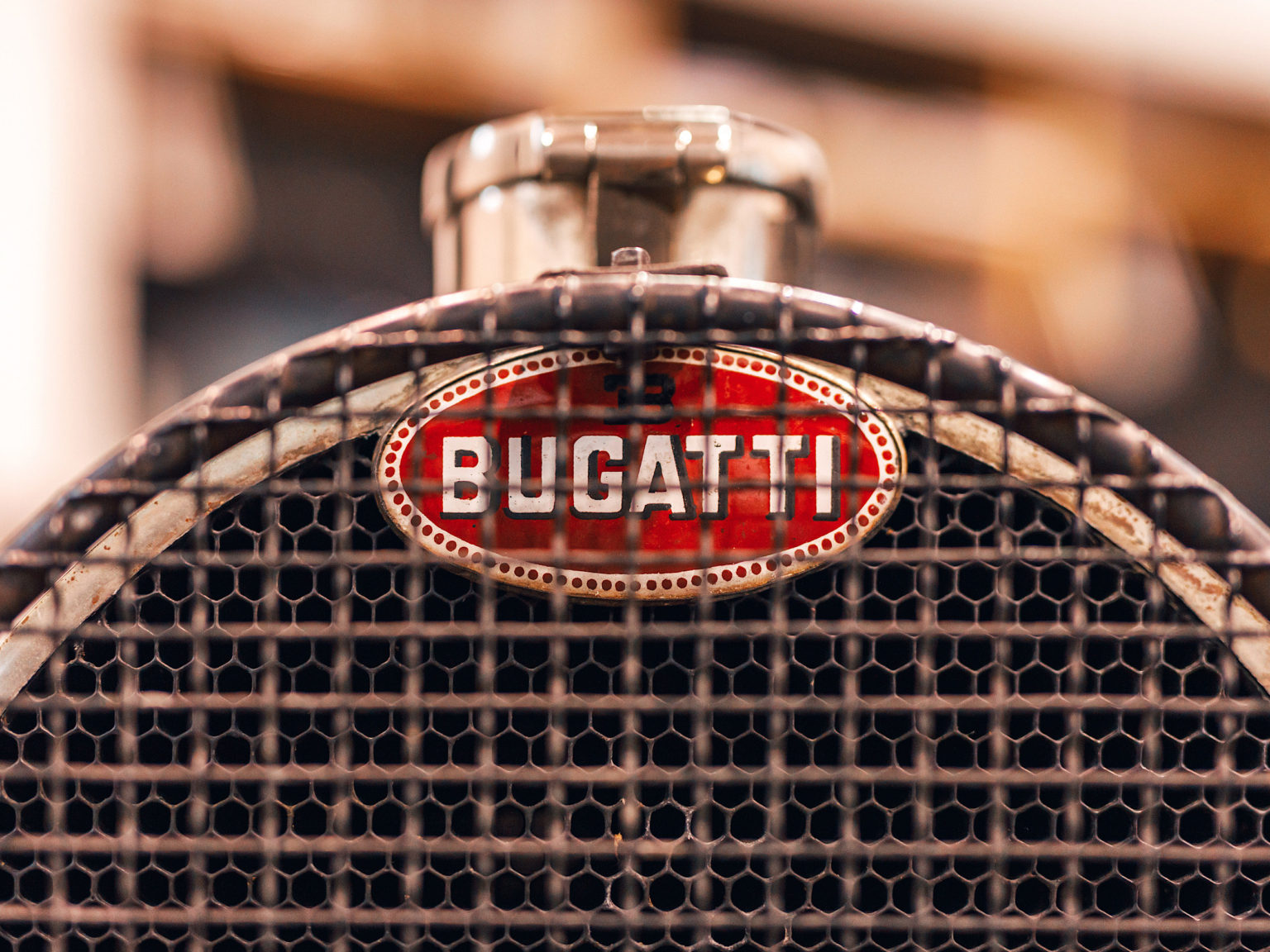The Bugatti emblem is one of the most iconic parts of any of the of the automaker’s cars, whether they’re one of the vintage Royale 41s or a new Chiron. It takes more than you probably realize to make the badge, which is also known as the Macaron.
“The importance that the Bugatti Macaron still has for our brand today is shown by its unrivalled quality, the loving attention to detail, and also the weight,” says Stephan Winkelmann, President of Bugatti. “It is one of the very few components on our vehicles where weight does not play a role.”
The Macaron has its start at the beginning of Bugatti. In 1909, company founder Ettore Bugatti attached an oval badge made of enamelled metal onto the radiator grille of the Bugatti Type 13, the first official Bugatti car. The white lettering was Mr. Bugatti’s own idea – he had designed a similar logo for his previous employer Deutz.
Each badge starts life as 159 grams of sterling silver. It is formed by cutting a cylinder to a diameter of 45 mm at an angle of 30 degrees. Bugatti describes the process as taking 20 skilled workers around 10 hours spread over a variety of days. “The 970 silver base metal is embossed several times with up to 1,000 tons as part of a multi-stage process. The Bugatti lettering is raised from the base by 2.1 mm at the level of the border.“
Unlike in the early days of Bugatti, the new Macarons are cast using an enamel that is free of toxic materials. The enamel used before contained about 50 percent lead. Now, the enamel is made of inorganic compounds.
The enamel is melted and fused with silver at extreme heat (between 750 to 900 degrees Celsius). This helps create the 3D effect of the badge.
Each raised glass-like compound that emerges from the heat is cooled then finely sanded and polished by hand. “No machine is capable of doing this due to the different curvatures and the surfaces located at the back. The individual dots are also enamelled and processed by hand,” said Thomas Demel, CEO of Poellath.
To complete the process, fast tending studs are brazed on. Then, the Macaron is ready to ride.








